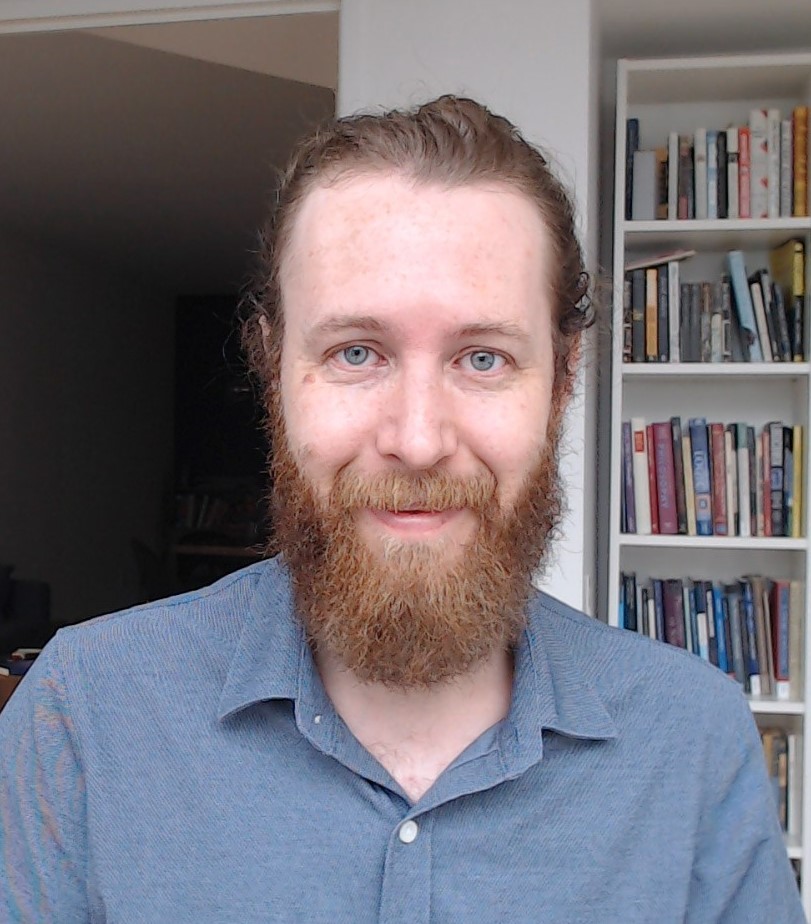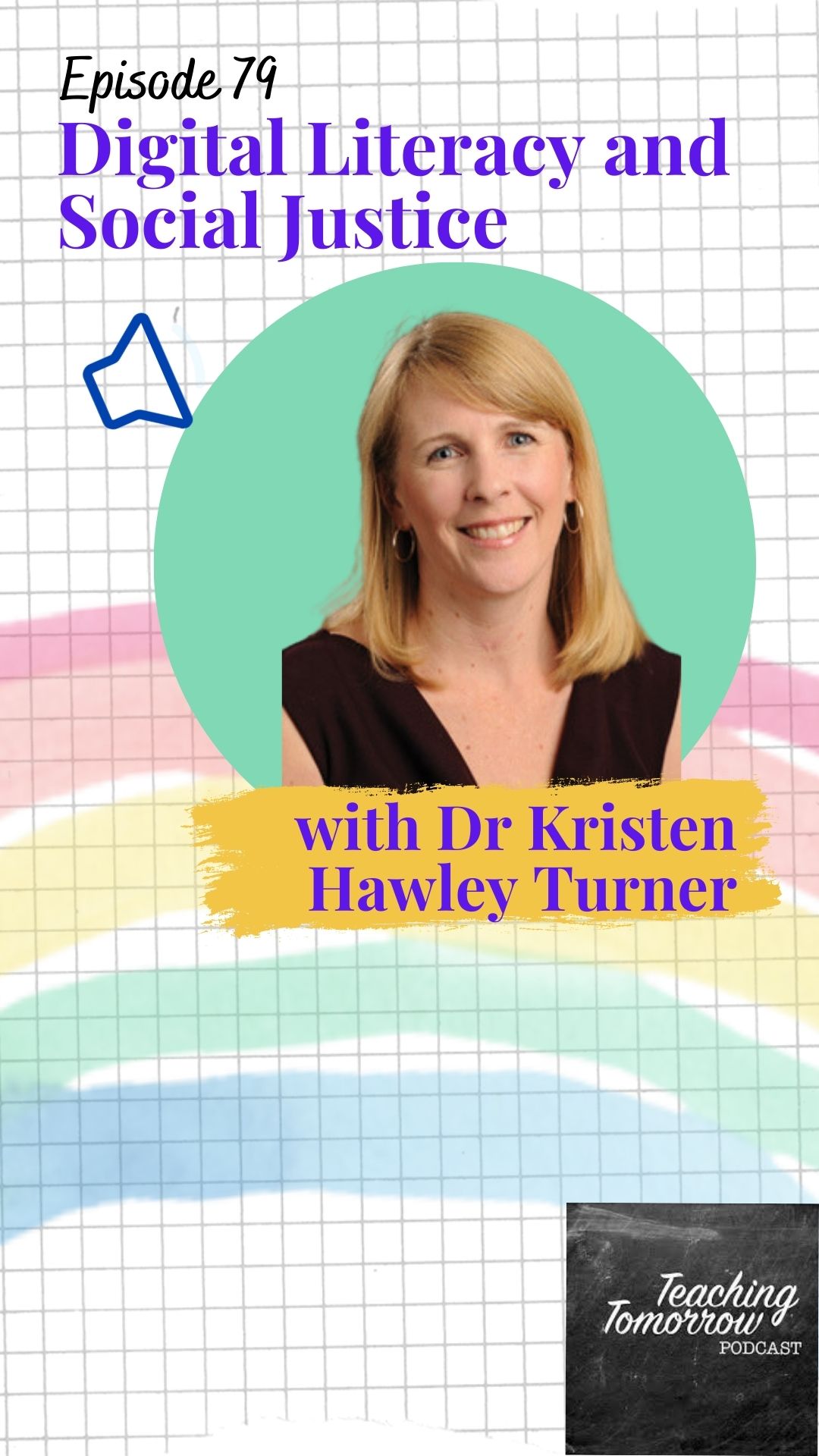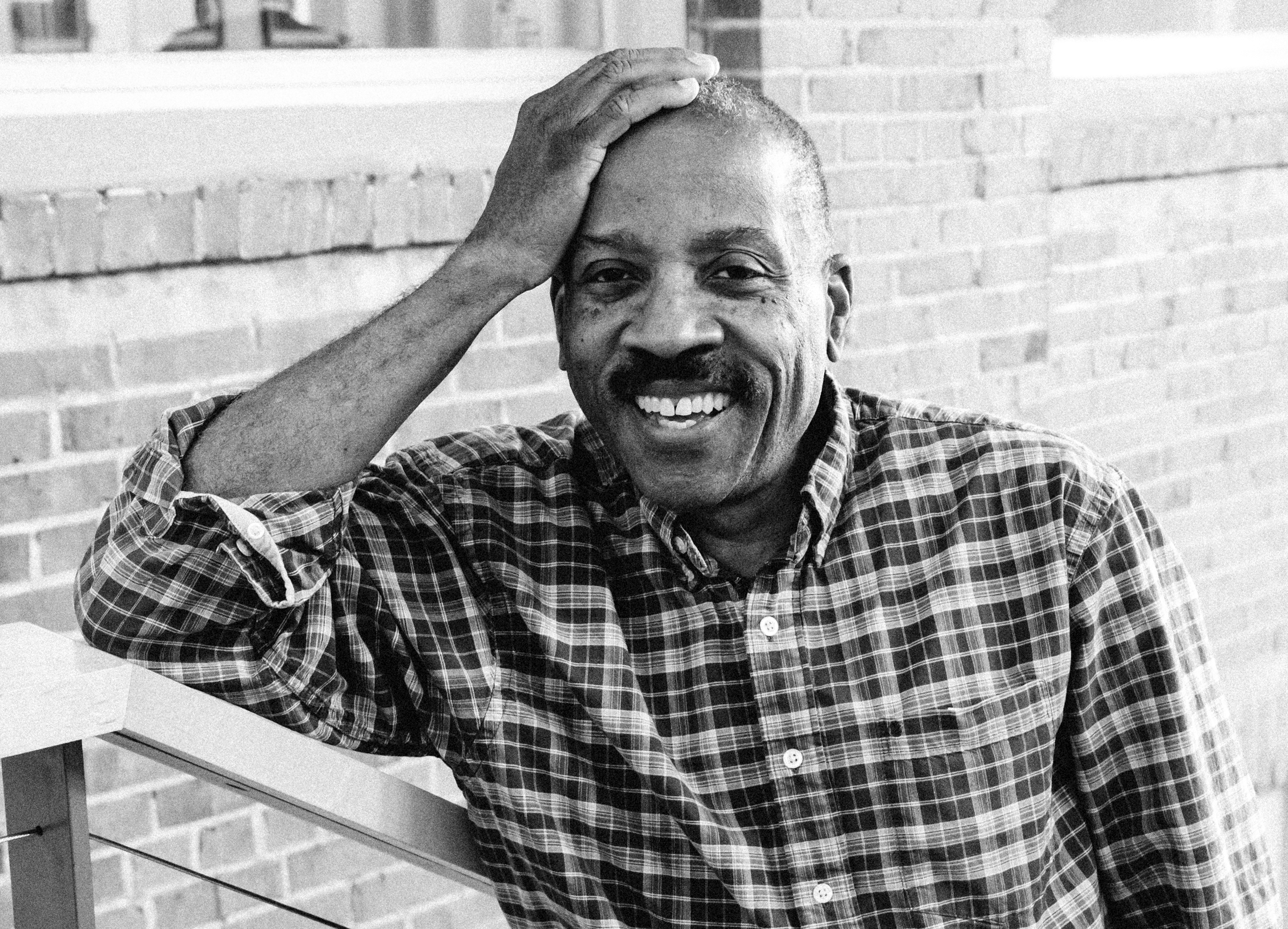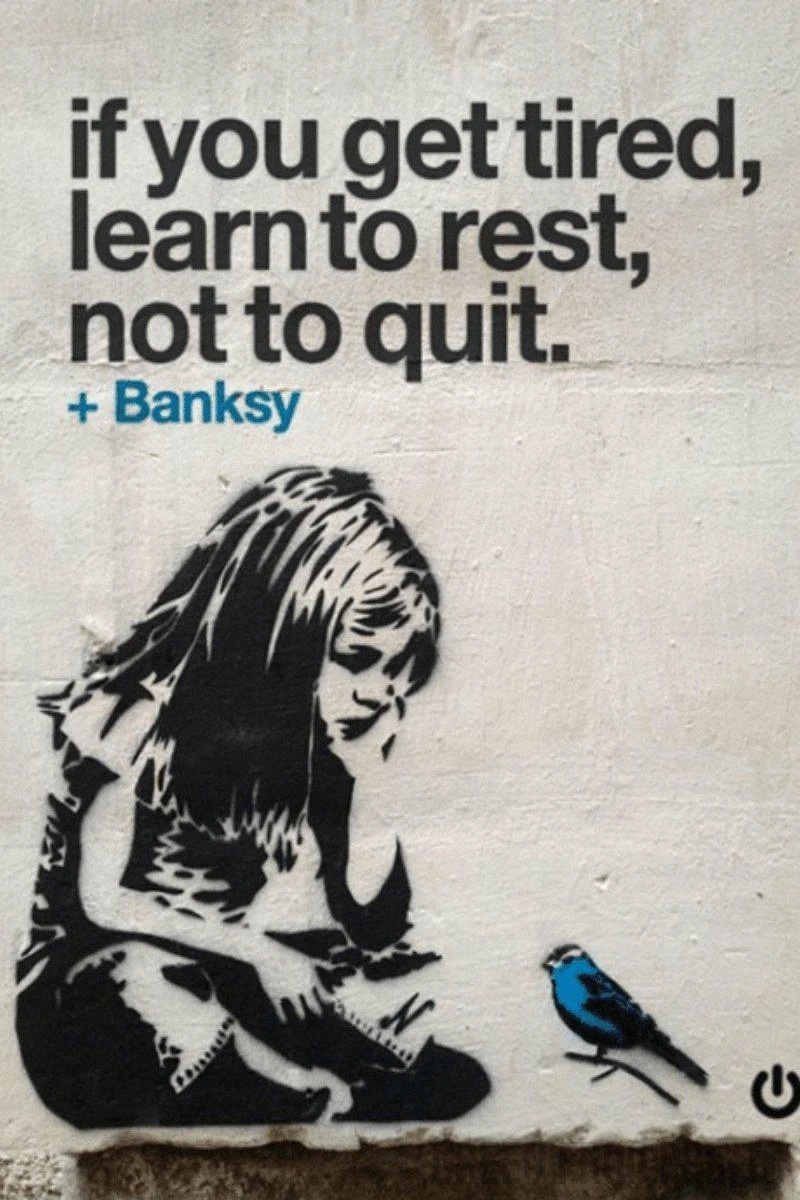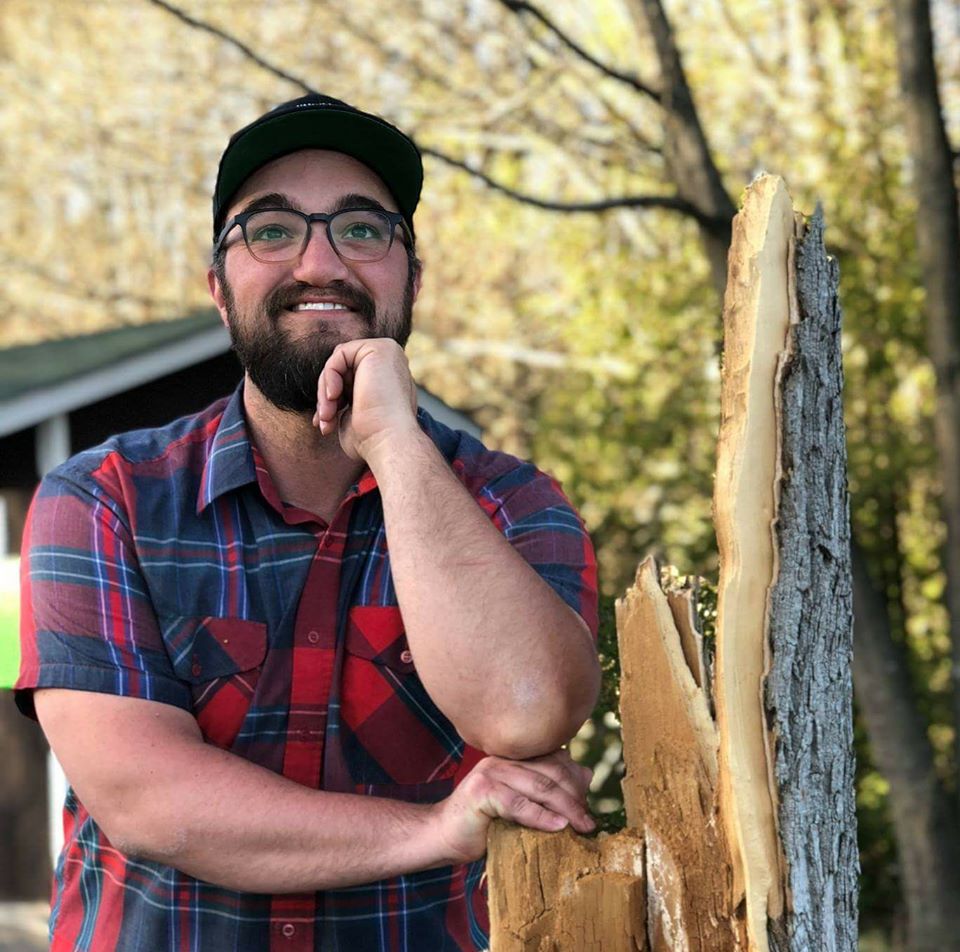How can educators nurture a functional democracy when young people struggle to find reliable sources of information? To dig into this question, I am joined by Ken Boyd from CIVIX Canada. Ken Boyd is the Director of Education at CIVIX, a Canadian charity that develops experiential learning programs to help students develop skills and habits […]
How is digital literacy related to social justice? Today on the show I have the honour of sitting down with a leading thinker in education, Dr. Kristen Hawley Turner. Dr. Kristen Hawley Turner is a professor of education at Drew University and she is the director of the Drew Writing Project, which is a chapter […]
How can teachers use journalism and reverse mentorship to transform student learning? Today on the show I am joined by Dr. Ed Madison to explore this question and so much more. If you ever wanted a reason to start a podcast, this might be it: for the past several months, I’ve been reading and writing […]
How might we do less, better as teachers? Today on the show I share my top strategies for saving time and cultivating harmony when everything feels chaotic. Hi everyone. It is just us today with a solo episode. Since I started this podcast, I’ve kept a running list of ideas for solo episodes, but between […]
How might we embrace both the incrementalism and urgency of anti-racism growth in all of our schools? Today I talk with the amazing Jennifer Grant on the show. I have wanted to interview Jennifer pretty much since I met her, so now that she has been working in the realm of education since May, I […]
What has it been like to start a PhD during a pandemic? Today it’s just me on the show sharing my reflections on the first few days of this new educational journey. If you are looking for that amazing listener survey, here is the link! Thank you for sharing your thoughts–it really goes a long […]
How can we as educators learn from the experience our students had this past summer at camp? Today on the show I am joined by Ross McIntyre, The Director of Community Initiatives at Camp Couchiching. You know how at the start of the school year, we as teachers will sit down with the teachers who […]
Nobody wants to think of themselves as a racist. And yet, many research studies reveal that we all hold unconscious biases, or hidden racist ideas. When left unchecked, these harmful ideas can perpetuate racist actions and reinforce racist systems. An excellent illustration of this phenomenon is a recent exchange that repeated Clark’s classic 1954 […]
Everyday, I step into my school and see pictures of white women on the walls: old-timey white women from the 1850’s when my school was founded, middle-aged white women who are alumni and doing impressive things in the world, scores of white women who graduated in years past. These faces greet me as I walk […]
We are now into week four of this History adventure and there have been some ups and downs…some moments of sheer brilliance and some moments of “what the heck was I thinking?” But like anything in the life of a teacher, you win some and you lose some. Here are some highlights from the last […]
